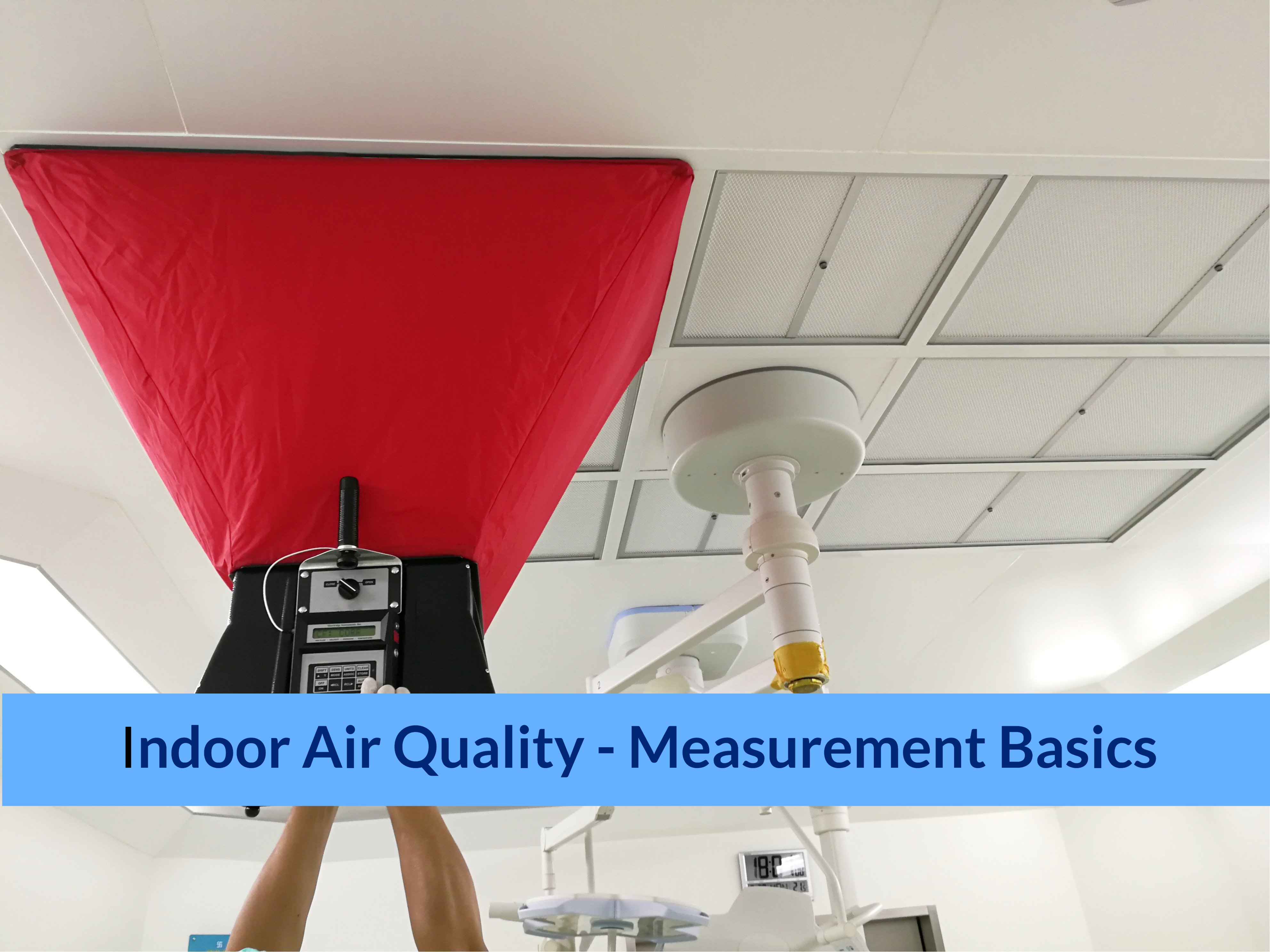

In our previous two posts we discussed how the use of HEPA vacuums combined with routine HVAC system cleaning can significantly improve the quality of your indoor air. Indoor Air Quality and HEPA Vacuums and Indoor Air Quality and HVAC Cleaning . Once you have implemented the equipment, tools, and techniques discussed in those posts it will be important to assess the effectiveness of your efforts. Routinely measuring indoor air quality will allow you to monitor progress in your effort to provide clean air for your building's occupants.
In the final post of this three-part series we will review the basics on how to measure the quality of your indoor air.
Measuring Indoor Air Quality - The Basics
The Equipment
As measurement of indoor air quality has become more mainstream, there has been a corresponding evolution in the types of air quality measurement devices available to the BSC. Most of these devices are very efficient at detecting tiny contaminates, pollutants, and allergens that may exist inside a facility. Many of these devices will also be able detect, and measure, the existence of Volatile Organic Compounds (VOC's) including a wide range of chemical pollutants.
Today, it is possible to purchase a good air quality measurement device for less than $500. Depending on the size and nature of your facility you could expect to spend a bit more on a higher-capability device.
All of these devices come with their own unique operating instructions. It is critical that all manufacturers’ instructions related to use and maintenance be strictly adhered to.
When to Measure?
There is no simple answer to this question; however, there are a few signs that can serve as indications that a problem may exist.
- The eyes and nose test: Are your buildings inhabitants reporting smells that had not previously existed? Are there visible signs of accumulation of contaminates? If so, it may be time to measure your indoor air quality.
- Increased incidence of illness: Poor indoor air quality will eventually manifest itself in a higher occurrence of illness within the facility. Increases in allergy-induced symptoms are common: headaches. sneezing, congestion, eye discomfort, etc. A general physical malaise and lack of "well-being" may also be observed. Measuring indoor air quality can help isolate the root cause(s) of these ailments.
Measuring indoor air quality does not have to be an expensive proposition. The market today provides BSC's with cost-effective options for monitoring the health of their indoor air. Taking appropriate steps to improve the quality of your indoor air, followed up by periodic measurement, can go a long way in providing inhabitants with a healthy environment.sq



.jpg?width=220&height=135&name=Blog%20Listing%20Image%20(14).jpg)
.jpg?width=220&height=135&name=Blog%20Listing%20Image%20(13).jpg)

.png?width=180&height=138&name=Untitled%20design%20(25).png)


